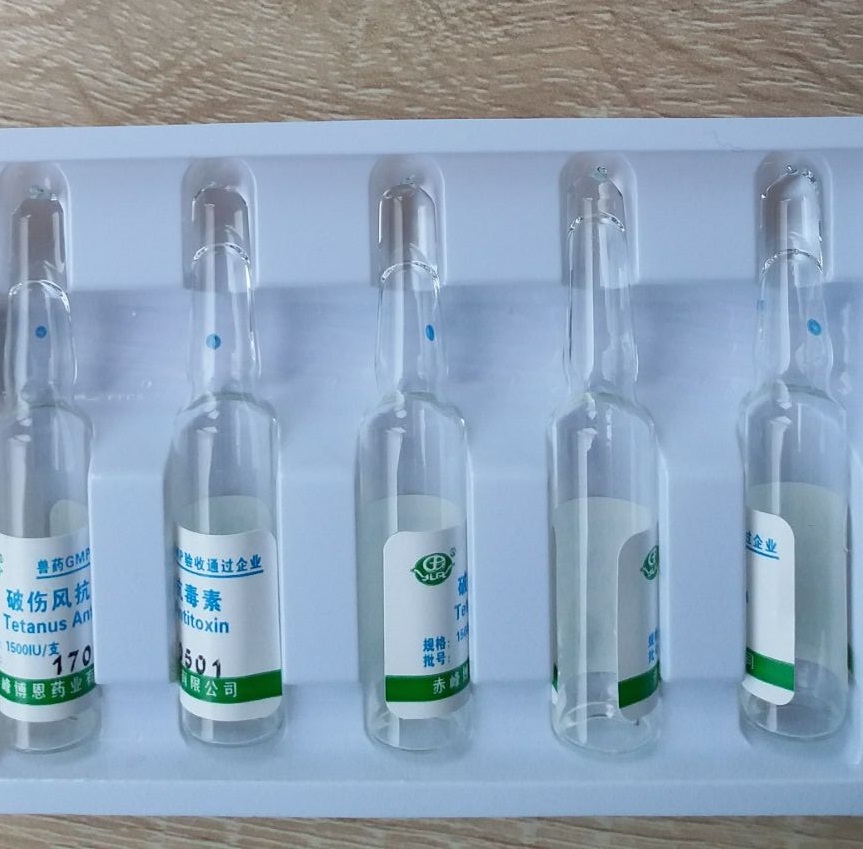Daxing District Plant Protection Station recently conducted a general survey of tomato in sunlight greenhouses in the region and found that tomato leaf mold and root knot nematode disease occurred in some greenhouses. At present, most of the greenhouse tomato 3-4 spikes have just been sprayed, and these diseases have occurred. The impact on tomato production is relatively large, so farmers are reminded to check and control in time.
Tomato leaf mold
Symptoms: The main damage to the leaves, but also seriously harm stems, flowers, fruits and so on. The leaves were infected, and the leaves appeared oval or irregularly light yellow lesions. On the back of the leaves, a grey-purple to dark brown layer of fungus grew. When the conditions were appropriate, the diseased leaves also had moldy layers on the front. When the disease is severe, it can cause curling of the whole leaf, and the plants appear tan and dry. The fruit is infected and round black lesions are formed near the fruit pedicle. The sclerosis is slightly depressed and cannot be eaten. The symptoms of tender stems and stalks are similar to those on the leaves.
Control methods:
(1) pay attention to ventilation and dehydration and appropriate control of water; increase phosphorus, potassium fertilizer, improve plant disease resistance; timely removal of diseased leaves, old leaves, in order to facilitate ventilation; appropriate application of phosphorus and potassium fertilizers.
(2) spraying prevention and treatment at the early stage of disease. Remove the diseased leaves before spraying and bring them to the field for centralized treatment. Pharmacy can be used 47% Garethon WP 600-800 times, 2% Wuyi water (BO-10) 150 times, 12% Green Milk Emulsion 400 times, spray every 7-10 days 1 Times, a total of 3-5 sprays.
2, tomato root knot nematode disease
Symptoms: The disease mainly occurs in the roots. The fibrous roots or lateral roots produce a swollen, malformed, nodular nodule, often in the form of a candied fruit. The beginning of the root knot is white, the surface is smooth, later turned brown, rough, cut open root knot can be seen milky white nematode. When the disease is mild, the above-ground plants have no obvious symptoms. When the disease is heavy, the plants grow poorly. In severe cases, the plants are short, wilting or withered. Severely ill strains result in small and small fruits, and the fruits are easily deformed.
Control methods:
(1) Irrigation of pesticides The potency period of many greenhouses that have been treated with pesticides before planting has expired, and it takes a long time from the time of pull, and 1.8% of Insecticide 1000-1500 times or 15% of Weigen 800 should be used. 1000 times liquid irrigation root 1 times.
(2) Strengthen field management Apply adequately decomposed organic fertilizers, apply appropriate irrigation and irrigation, and increase plant disease resistance; promptly remove weeds and reduce nematode reproduction. After harvesting, the diseased body was deeply buried or burned, and the soil was poured over 20 cm deep. Water was poured to make the nematode suffocate due to lack of oxygen.
Hormones are special chemical messengers in the body that are created in the endocrine glands. These messengers control most major bodily functions, from simple basic needs like hunger to complex systems like reproduction, and even the emotions and mood. Understanding the major hormones and what they do will help farmers take control of animal's health and reproduction.
We offer an array of Hormone Formulations For Animal.There are HCG, PMSG, LHRH-A3, Progesterone Injection, etc for the whole animal's reproduction.

Hormone Formulations For Animal
Hormone Formulations For Animal,Progesterone for Veterinary Use,Chronic Gonadotropin for Animal,Animal Hormone Injection
Jiangxi Institute of Biological Products Inc. , https://www.jxinstitute.com